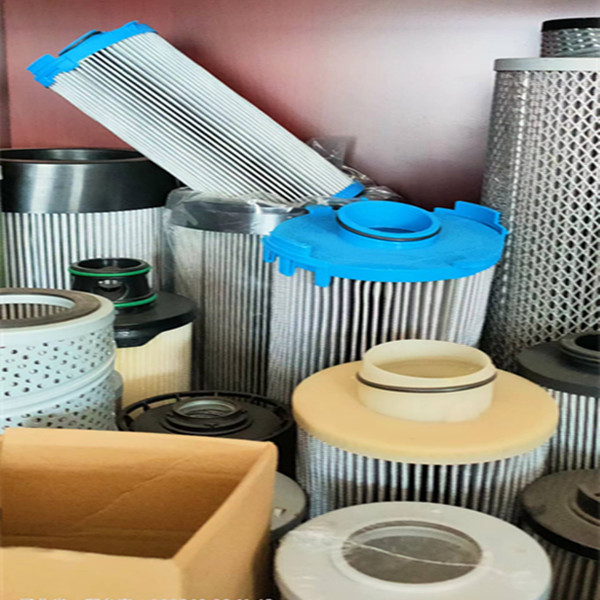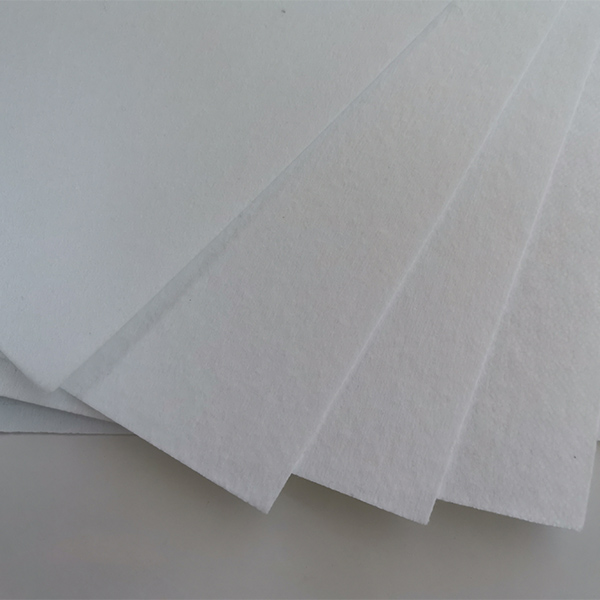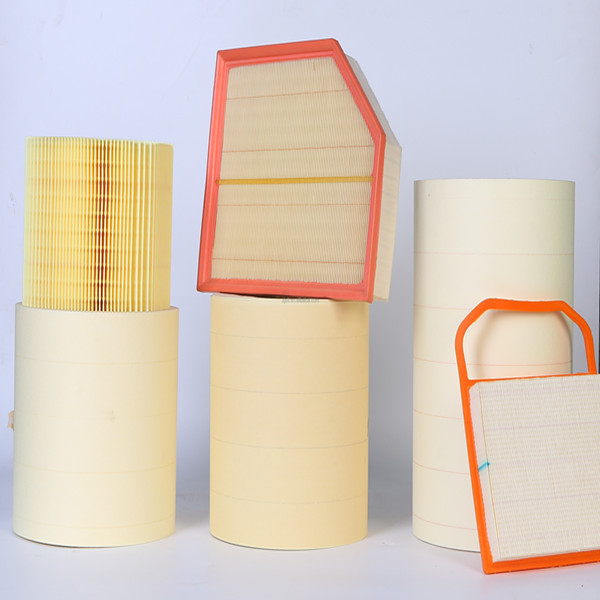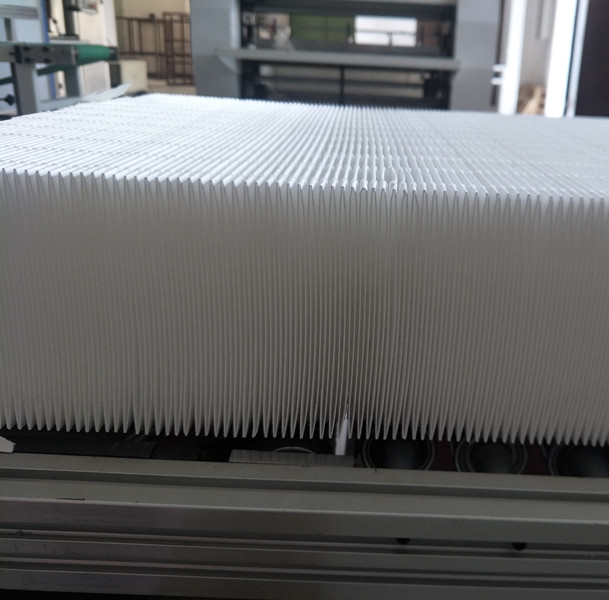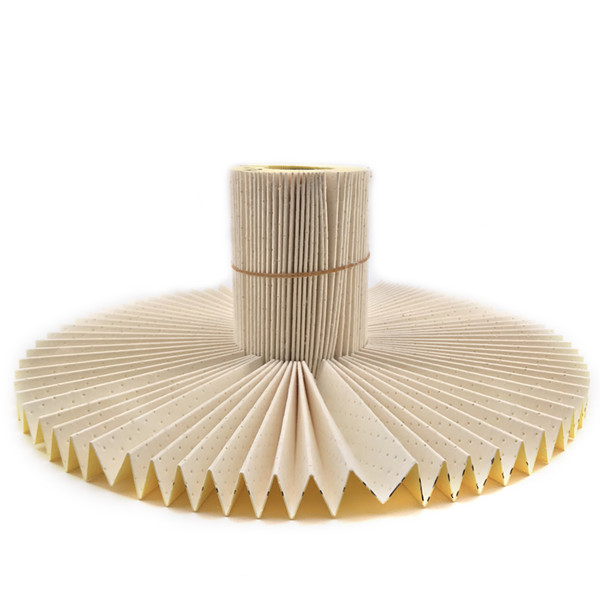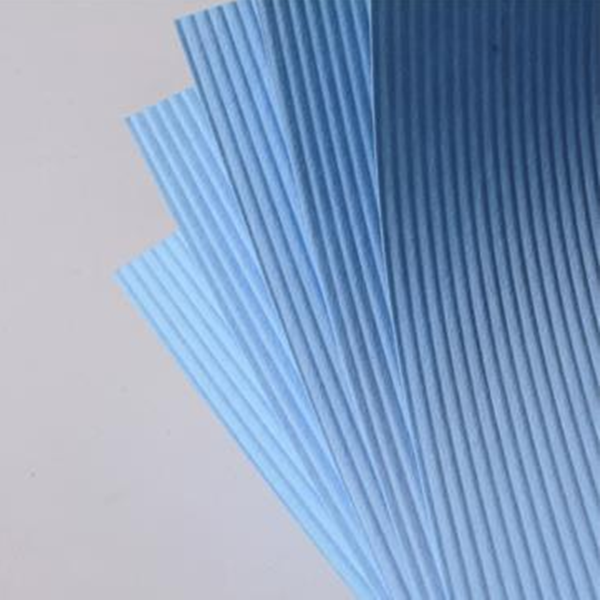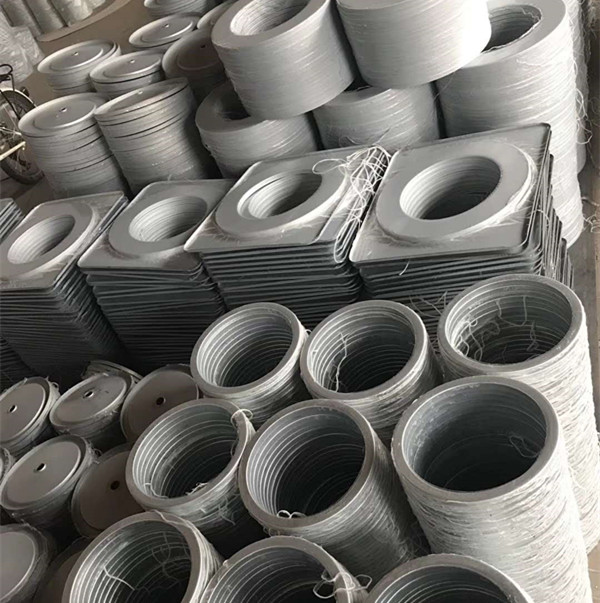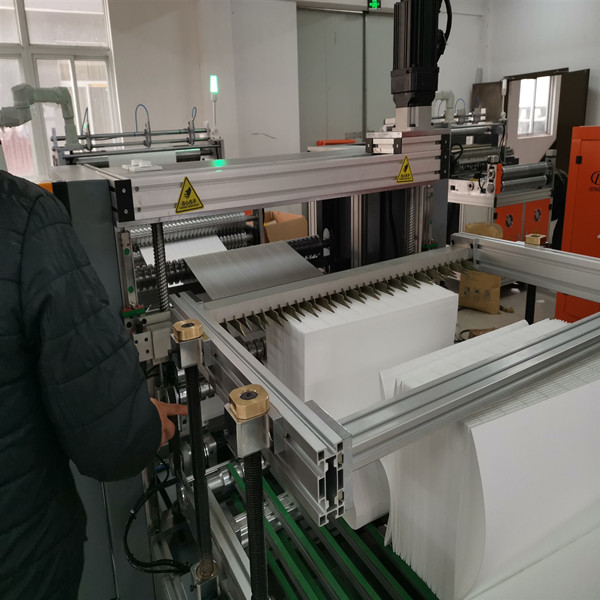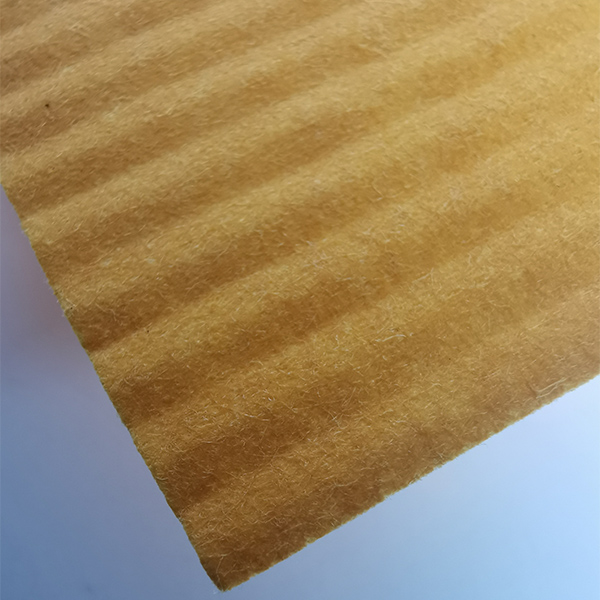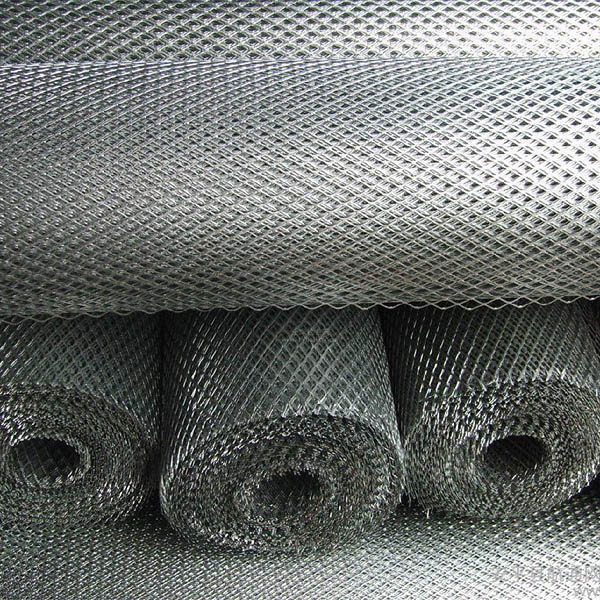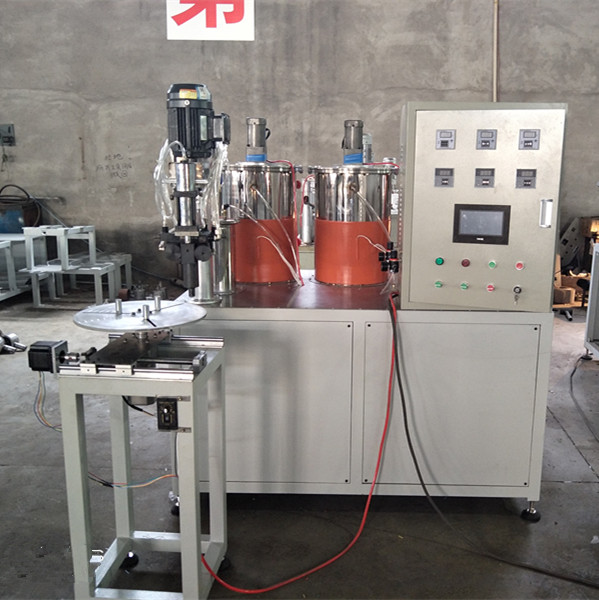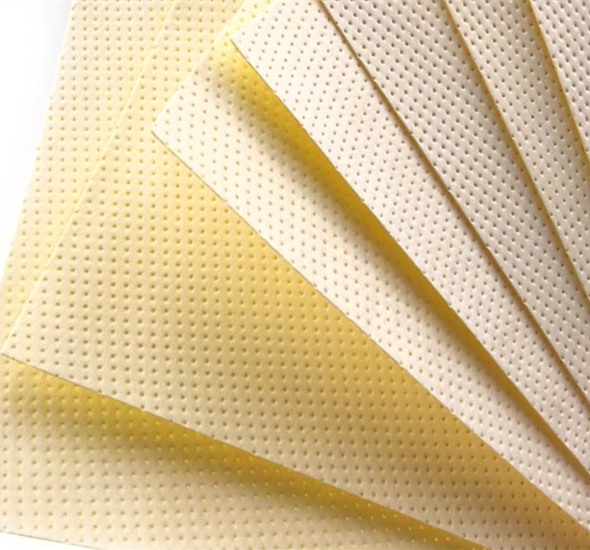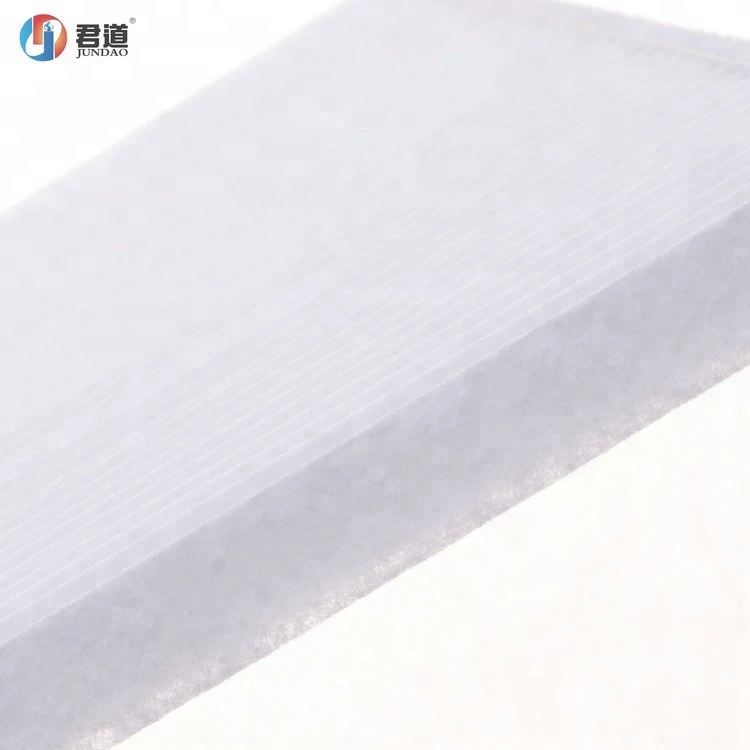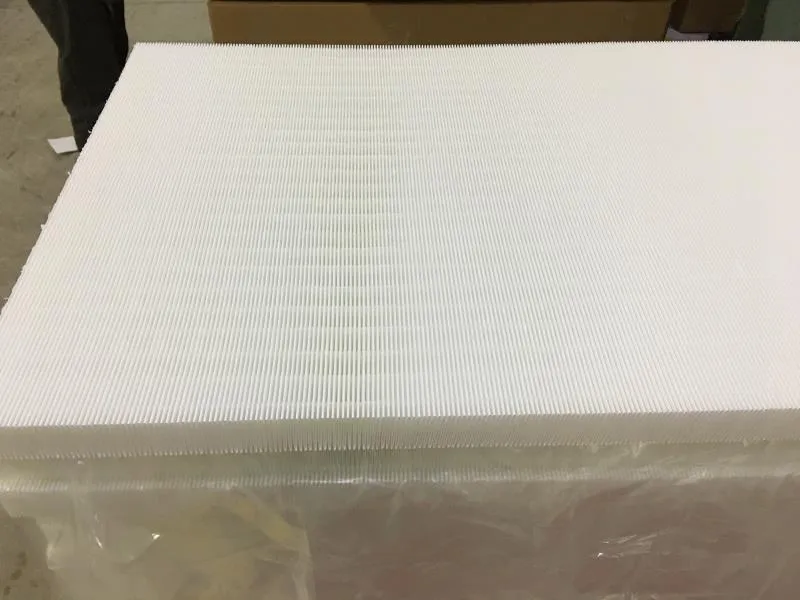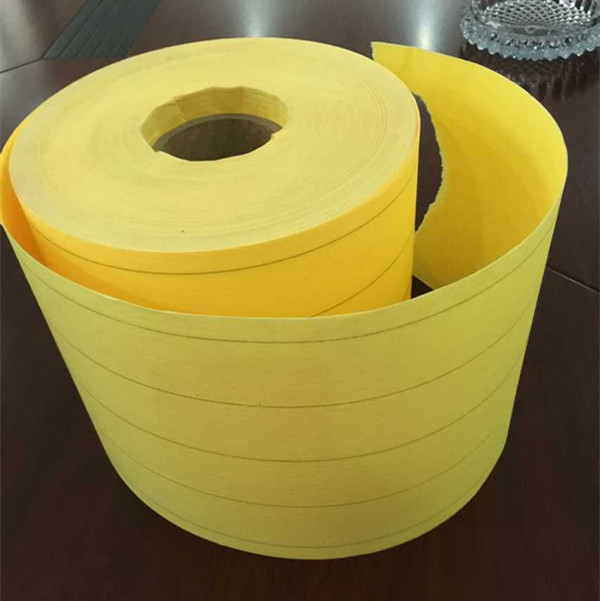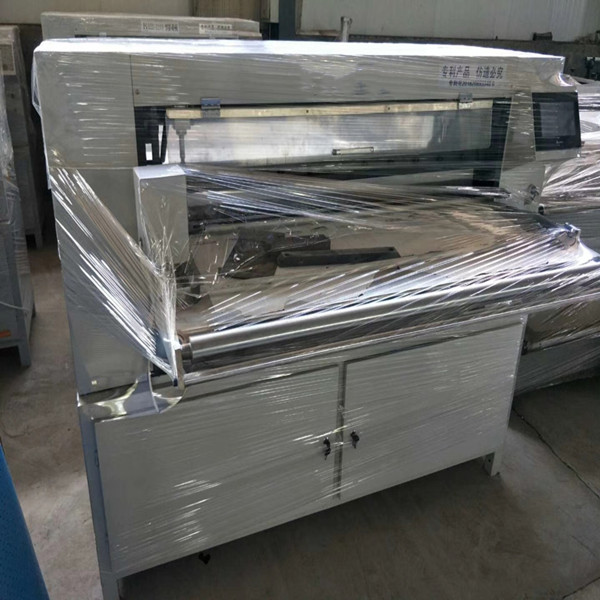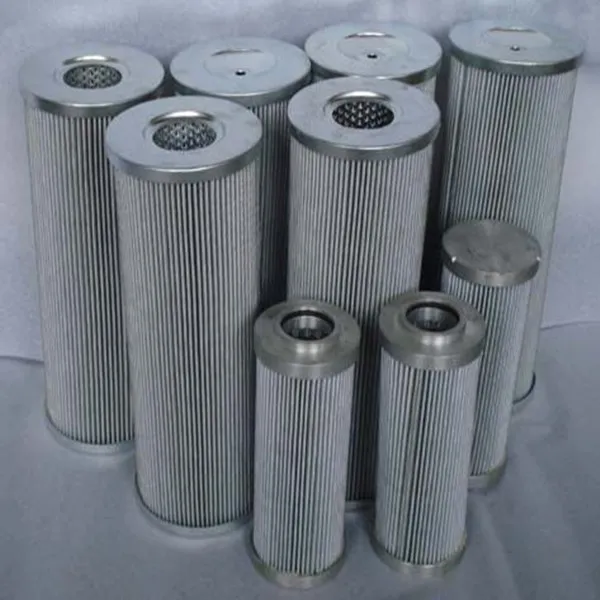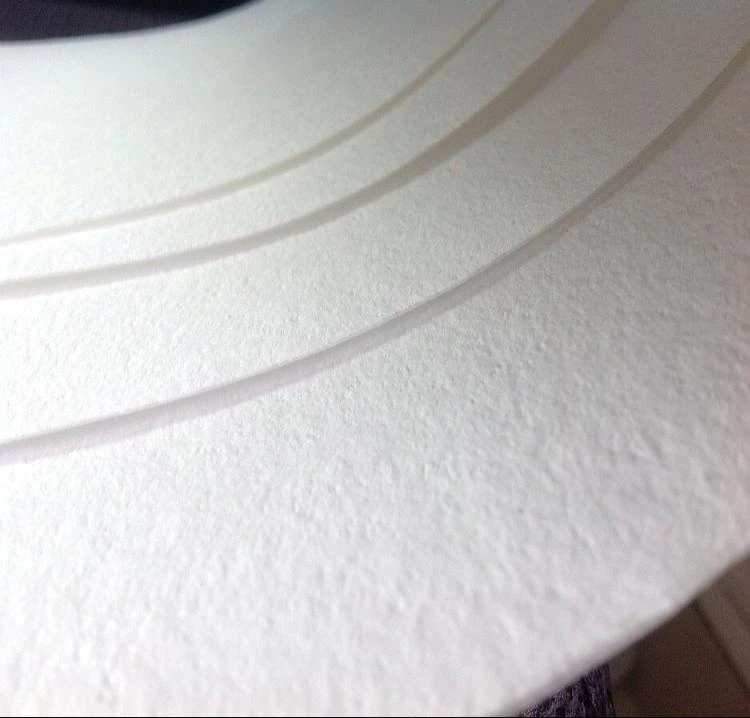In the era of deadly airborne viruses, air purification equipment has now shown various shapes and sizes. At last month’s Consumer Electronics Show CES, the company introduced a new portable air filter device for your bedside, cup holder, table top, meeting room, and even hanging around your neck. Although each of these devices can purify the air, the problem is that none of them can ventilate. Science increasingly shows that if you are serious about stopping the spread of the coronavirus, masks, social distancing and opening windows may do more than expensive electronic purification equipment.
Most air purifier designs use the same basic method. There is a filter and fan. The fan draws in and circulates air through the filter. The filters in these types of equipment are usually made of paper, fiber (usually glass fiber) or some type of net, which allows it to remove contaminants such as dust and pollen well, but cannot remove gas or less. particle. It is important to remember that the work efficiency claimed by the air purifier manufacturer is accurate after laboratory testing, but it is almost impossible to recreate the specific laboratory conditions. The location, installation, flow rate and running time of the purifier will greatly affect its working effect. Ventilation is usually a big problem. After the air is “purified”, the fan circulates it out, but the air is not ventilated to other areas of the space. Therefore, air purifiers often repeatedly purify the same air in their vicinity. The smaller the device, the greater the basic problem.
ʻAʻole maopopo i ke kaiāulu olakino pehea ka nui o nā mea hoʻomaʻemaʻe ea e kōkua maoli i ka hoʻopau ʻana i ka laha o ka coronavirus. ʻAʻohe kānalua hiki iā lākou ke kōkua i ka poʻe maʻi maʻi a ua hoʻohana ʻia no nā makahiki he nui, akā ʻoi aku ka paʻakikī o ka kānana ʻana i nā kikoʻī o nā ʻāpana liʻiliʻi i loaʻa iā COVID-19. ʻAʻohe kauka e ʻōlelo e hiki i nā mea hoʻomaʻemaʻe ea lawe lima ke hoʻoponopono i kēia pilikia. Manaʻo ka poʻe loea e hoʻohana i nā masks a haʻalele i ke kaiāulu ʻo ia ka laina mua o ka pale. ʻOi aku ka maʻalahi o ka hōʻoia ʻana ʻaʻole i komo nā ʻāpana COVID-19 i ka lewa ma mua o ka kānana ʻana iā lākou ma hope o ka hoʻopuehu ʻia. Eia naʻe, ʻaʻole i hoʻopilikia ka hapa nui o nā mea hoʻomaʻemaʻe ea i kēia kūlana.
More useful than filtration is to increase ventilation. Studies have shown that keeping the air “fresh” is one of the best ways to stop diffusion. Known as air change, the rate at which air is completely replaced in a space is a key indicator of the level of symbiosis risk. The more changes in the air, the better. Mayo Clinic professor and researcher Dr. Mark Ereth explained in our recent “Flexible Workplace” report how much air is needed to pass through a room to help eliminate ultrafine particles such as COVID-19. In an office building, there are several times an hour every three to six minutes,” he said. There is evidence that, with the aid of a central ventilation system, air purifiers increase the air exchange rate or volume. But open the windows is also like this.
Makemake wale e hāʻawi iā ʻoe i manaʻo. I loko o ka lumi hana, hoʻololi ʻia ka ea i kēlā me kēia ʻekolu a ʻeono mau minuke, ʻoiai ma ka hale keʻena, hoʻololi ʻia i nā manawa he nui i kēlā me kēia hola.
“The most important thing to consider when buying an air filter is whether the space you want to use in it already has good ventilation-then the air filter won’t increase too much,” Dr. Shelly Miller, an environmental expert, Colorado An engineer at the University of Boulder told Webmd that his research focuses on the spread of airborne diseases.
No ka pololei, paʻakikī ke aʻo ʻana pehea e wehe ai i ka puka makani e hoʻololi i ka ea. He paʻakikī ke hoʻohālike a wānana paha ke kahe ʻana o ka ea i loko. He paʻakikī ke kumu hoʻohālike hale maikaʻi loa o ka honua e hoʻoponopono i ka pilikia o ka wehe ʻana i ka puka makani no ka mea paʻakikī loa ka ʻōnaehana ea. ʻO ka hoʻoheheʻe ʻia ʻana o ka ea i loko o ka hale i loaʻa i ka COVID-19 me ka ea waho o ka maʻi virus-free e hōʻemi i ka neʻe ʻana o ka maʻi i ka lewa, a laila e hōʻemi i ka manawa o ka maʻi. Ke paʻakikī nei ka poʻe noiʻi e ʻike i ka nui o ka ea a me ke ʻano o ka maikaʻi. ʻAʻole lawa ka ʻae ʻana i ke kaiāulu olakino.
Columbia University virologist Angela Rasmussen told Vox: “There is no perfect “safe” level of ventilation because we actually don’t know what “safe” is because we don’t know how much exposure will cause spread.”
ʻAʻole kūpono ka loaʻa ʻole o nā pane a pau, akā ʻoi aku ka maikaʻi ma mua o ka hoʻohālike ʻana i nā pane. ʻO ka ʻoiaʻiʻo e pili ana i ka hana a i ʻole ka hana hiki ke kōkua i ka poʻe e hana i nā koho pilikino maikaʻi aʻe e pili ana i ka noho palekana. E like me nā poʻo he nui e pili ana i nā mea hoʻomaʻemaʻe ea, ʻaʻole nā poʻo. ʻO ka maikaʻi loa, hiki iā lākou ke kuhihewa no ka manaʻo palekana. I ka hihia maikaʻi loa, hiki i nā ionizers, plasma generators a me electrostatic precipitators ke hana i nā pōʻino maikaʻi. Hoʻopiʻi kēia mau mea i nā ʻāpana i mea e pili ai lākou i ka ʻili ma mua o ka lana ʻana i ka lewa, a laila e hana ai i ka ozone ma ke ʻano he hopena.
ASHRAE, a professional association that specializes in setting standards for ventilation and air-conditioning, said that when using equipment that may generate large amounts of ozone (respiratory tract irritant) as a by-product of its operation, “must be extra careful.” HEPA and ASHRAE recommend avoiding the use of any air purification devices that produce ozone as a by-product of cleaning indoor air in living spaces.
ʻO nā hana maikaʻi loa no ka ea maʻemaʻe e pili ana i ka ea. Ma kahi keʻena hou, ʻaʻole hiki ke wehe i nā puka makani no nā kumu he nui. ʻO ka maʻamau, ʻaʻole hiki ke wehe ʻia nā puka makani. I kēia hihia, hiki iā ʻoe ke hōʻoia i ka hoʻohana ʻana i nā mīkini kānana ea kiʻekiʻe. No ka mea ʻaʻole i hoʻopuka ka kānana ea i ka ozone i nā hopena ʻino, ʻo nā hemahema wale nō o nā lako kānana ea portable ʻo ke kumukūʻai a me ka walaʻau. ʻO ka maʻemaʻe ea hoʻoneʻe helu (CADR) o kahi hāmeʻa e haʻi iā ʻoe i ka hapa nui o kona pono. Hoʻomaopopo kēia helu i ka pono o ka kānana a me ka mana o ka peʻahi e hoʻoholo ai i ka nui o ka ea e kahe ana ma ka kānana. ʻO ka kiʻekiʻe o ka CADR, ʻoi aku ka nui o ka wahi hoʻomaʻemaʻe. ʻO ke kūʻaiʻana i nā mea pono e hoʻoholo wale i ka nui o ka lumi kūpono. E hoʻomanaʻo, ʻoi aku ka nui o ka hāmeʻa, ʻoi aku ka ikaika o ka peʻa i ka ea, a ʻoi aku ka nui o ke kani. I loko o kahi keʻena keʻena, pono e noʻonoʻo ʻia ka nui o ka walaʻau. Hoʻomaka ke kumukūʻai o ka mea hoʻomaʻemaʻe ea HEPA kiʻekiʻe ma kahi o $200, a piʻi ke kumukūʻai i ka piʻi ʻana o ka pae CADR. Ke kūkulu nei kekahi poʻe i kā lākou mau mea hoʻomaʻemaʻe ea ponoʻī ma ka hoʻopaʻa ʻana i nā kānana MERV i ka pahu pahu no ka emi iho o $30.
I ka hana ʻana i nā mea hana me nā koi olakino, he mea nui mau ka hoʻokaʻawale ʻana i ka ʻoiaʻiʻo mai ka moʻolelo a e pōmaikaʻi mai ke kūʻai aku. ʻO nā mea hana huahana e manaʻo nei e loaʻa kālā mai ka noi nui no nā mea hoʻemi COVID-19 i hoʻopiha i ka mākeke me nā lako hoʻomaʻemaʻe ea. Manaʻo ka poʻe akamai ʻaʻole e pōʻino nā mea hana kiʻekiʻe. Hiki nō ke hana i nā mea hoʻomaʻemaʻe ea ma ka hoʻolilo ʻana i nā haneli a i ʻole mau tausani kālā ma nā lako hoʻomaʻemaʻe ea, akā ʻaʻole paha mākou e ʻike i ka nui. ʻO kahi pane maikaʻi aʻe, ʻo ke komo ʻana i ka mask, a inā hiki, e wehe i ka puka makani.
Ho'ākāka a wehewehe ʻo Propmodo i nā ʻano no ka poʻe ʻoihana waiwai ʻoihana ma o ka hoʻohui ʻana i nā nūhou, ka noiʻi, nā hanana a me nā lawelawe kūʻai.
• We believe that the future will be defined by leaders who understand the general environment of the real estate industry.
• We believe that the commercial future of real estate lies at the intersection of technology and marketing.
• We believe that the creative future of real estate lies in the intersection of user experience and design.
Ka manawa hoʻouna: Mar-16-2021

